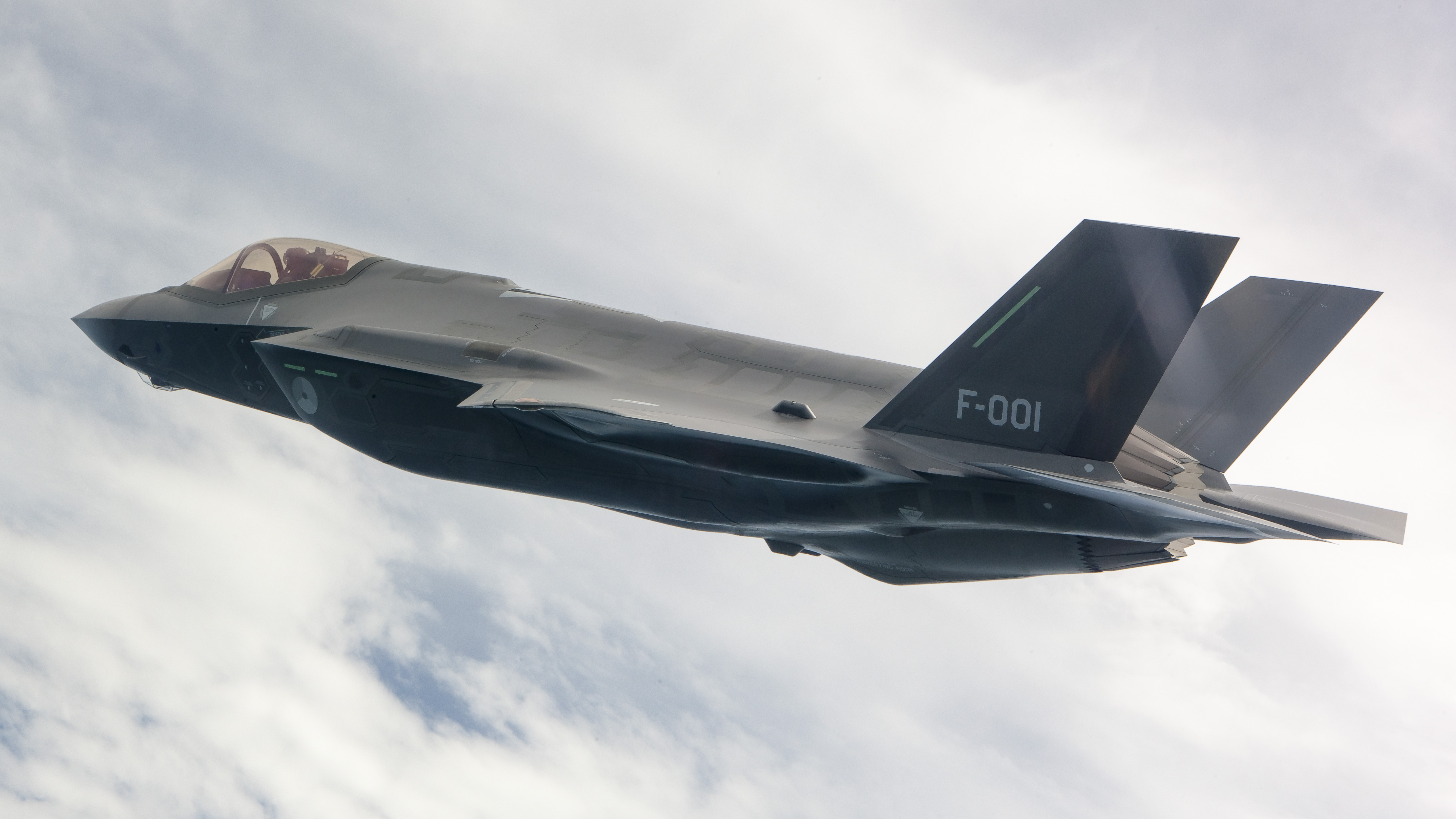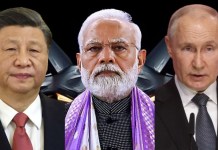Amid reports suggesting the US could supply F-35 fighters to the United Arab Emirates (UAE), could India be next in line for finally landing a deal for the induction of the fifth-generation, stealth fighter jets amid continuing hostilities with China?
Despite Dwindling GDP, Indian E-Commerce To Touch $100 Billion Mark By 2024
According to reports, Senior Advisor to the President of the United States, Jared Kushner recently arrived in the UAE to finalize terms on the contract which would supply an unspecified number of the stealth fighters to the Gulf nation, much to the disapproval of some of the American allies, especially Israel.
After India, Australia To Acquire K9 ‘Thunder’ Self-Propelled Howitzers From S.Korea
Al-Dhafra base in the UAE has hosted the F-35 for years, besides surveillance aircraft, drones, and refueling planes. The US delegation’s visit to the base during suggests the F-35 sale remains an important part of the deal. A US official said that although the possible F-35 deal was not on the agenda for the visit to the base, the possibility it would happen could not be ruled out.
Who Are India’s “Special Frontier Force” That Thwarted Chinese Actions At Pangong Tso?
The US-UAE deal looks to be going through, speculations are rife whether India, which has been having prospering relations with Donald Trump, successive US governments’, and Israel, could be the next customer for the F-35s considered one of the most advanced fighter jets ever to be seen on the face of the planet.
No More Rafales! India Eyes US Stealth F-35 Jets As Washington Loosens Export Policy? OpEd
Before India finalized the deal to bring in 36 French Dassault Rafales in a deal worth Rs. 60,000 Cr, the initial bidders Lockheed Martin’s (developer of F-35s) F-16s competed against the likes of Boeing’s F/A-18s, Eurofighter Typhoon, Russia’s MiG-35, and Sweden’s Saab’s Gripen. However, after a meticulous analysis of the bids, the Indian Air Force (IAF) chose to shortlist the Eurofighter and Rafales.
Indian Air Force Will ‘Outdo’ Chinese PLAAF As India-China Conflict Approaching Winters
The 4.5 generation French Rafale combat jets are renowned for possessing the unmatched ability to carry out a variety of roles. The twin-engine, canard-delta wing aircraft is equipped with a wide range of weapons and boasts the firepower to perform air supremacy, interdiction, aerial reconnaissance, ground support, in-depth strike, anti-ship strike, and nuclear deterrence missions, thereby bolstering India’s air combat capabilities against neighbors China and Pakistan.

However, an area where it significantly lags behind is the stealth technology employed by the F-35s, making it one of the most sought-after fighter jets in the world. The fighters use advanced stealth with fighter speed and agility, fully fused sensor information, network-enabled operations, and advanced sustainment, which if possessed by the aerial squadrons of the IAF, will give them superior abilities to outperform untested China’s J-20s.
With India already fighting on two fronts with Beijing and Islamabad on each of their sides and the US also looking to corner China and supporting its regional allies, the costly-but significant purchase of the F-35s will give them an aerial presence possessed by neither of the nations, according to aviation experts.
In 2018, there were reports in the Indian media regarding the nation’s interest in possessing the stealth fighter with IAF asking Lockheed Martin to brief them of F-35’s capabilities.
Who Are India’s “Special Frontier Force” That Thwarted Chinese Actions At Pangong Tso?
“The IAF top brass is formally requesting for a classified briefing by the F-35’s prime builder, Lockheed Martin, on the capabilities of the sophisticated, fifth-generation fighter developed under the US Joint Strike Fighter program,” as reported by Indian Publication Business Standard
With the F-35s garnering worldwide interest due to their supreme capabilities in the air, India’s interest shouldn’t come out as a surprise but as a nation, which has been a big customer of Russian arms, the nation would need to surpass certain hurdles if it were to really get its hands on the stealth fighter.
According to Timothy Hoyt, Co-Chairman of U.S. Naval War College’s Indian Ocean Regional Studies Group, the deal will not happen any time soon. “I doubt an F-35 purchase would happen soon for a number of reasons,” said Hoyt.
After India, Australia To Acquire K9 ‘Thunder’ Self-Propelled Howitzers From S.Korea
He also believes that Prime Minister Narendra Modi’s nation will have to boost defense spending significantly if it is to raise funds for a fighter jet, which costs $100 million.
“(Even if India goes ahead with the purchase) India’s procurement process is abysmally slow.” “Despite all of the publicity given to the Medium Range Combat Aircraft acquisition about a decade ago, that decision has never been fully implemented,” Hoyt added.
Despite the objections, it still cannot be said that the Indian government might not end up opting out for the jets, if offered, with tensions along the border mounting high with China along the Line of Actual Control (LAC).
Rafale vs Chengdu J-20: How Will Indian Rafale Jets Compete Against Chinese ‘Stealth’ J-20s?
Currently, South Korea, Japan, and Singapore are the three Asian countries showcasing an interest in the fighters, with Seoul looking to purchase the F-35B jets, which have short takeoff and vertical landing capability, compatible with a small aircraft carrier.
In December 2018, Japan’s declaration to refit its Izumo-class helicopter destroyers to carry the F-35Bs was also a significant movement in the direction, with the decision coming as a momentous transit with the country not putting aircraft carriers to sea since World War II.
SAAB To Make Its Gripen Jets Stealth With Advanced Jammer Pods & Decoy Missiles
F-35Bs are fifth-generation jets, proficient of flying at Mach 1.6 — more than one-and-a-half times the speed of sound — and landing vertically. The planes possess the capabilities of carrying two air-to-air missiles and two 1,000-pound guided bombs in their internal weapons bays.





